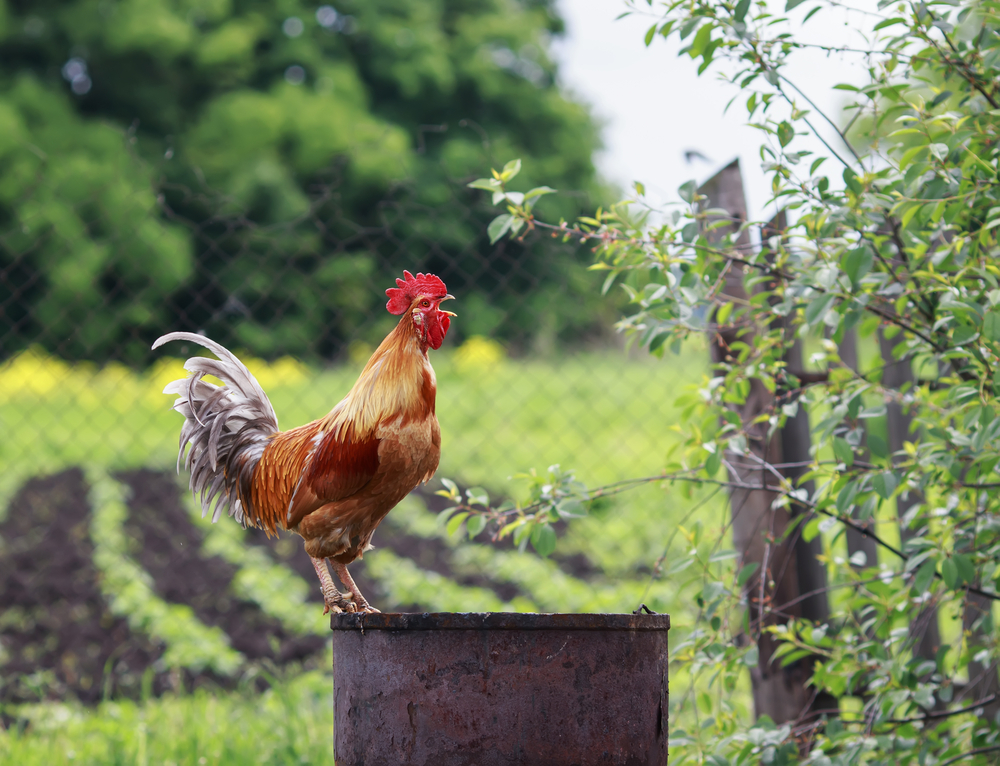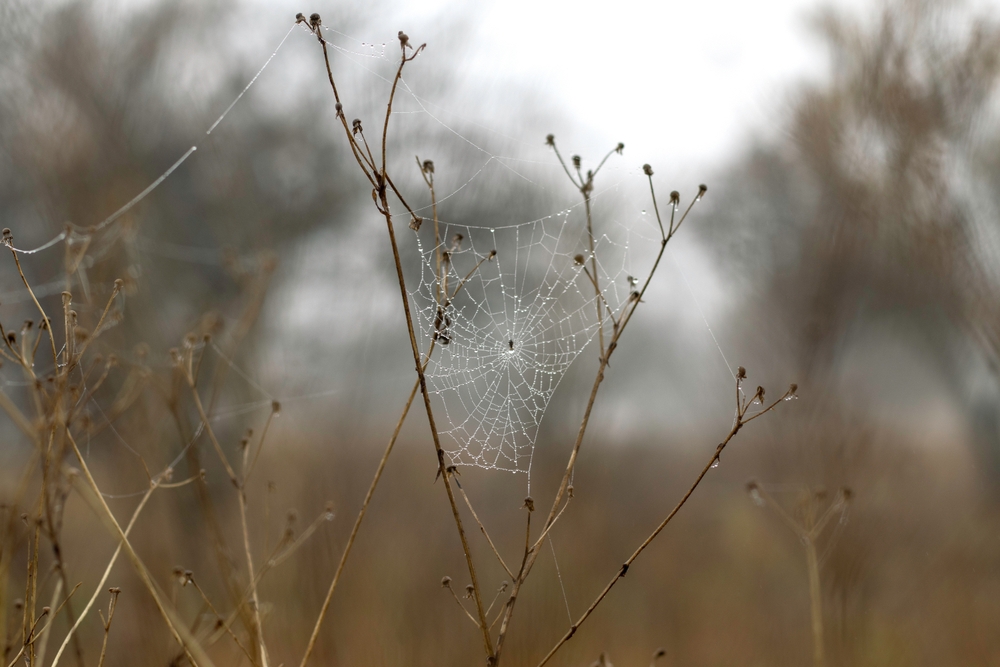This New Investment Is More Resilient Than Gold
Joel Salatin|October 20, 2020

Earlier this month, I gave a short speech at AmpFest 2020 in Miami about fragility and resiliency in the food system. They wanted to know how we got where we are… and how we get out of it.
We all saw empty supermarket shelves in the spring. We all heard John Tyson say, “The food system is broken.” And we all saw millions of pigs, chickens, tomatoes and fruit wasted when mega-processing facilities struggled to stay open.
As it was a short speech, I’d like to share my remarks with you today on how we fix the mess we’re in.
Big Flaws
COVID-19 exposed big flaws in our food system. It created a tidal wave of interest in self-reliance and do-it-yourselfism. Home-centricity became a noble goal.
Backyard chickens, home gardens and domestic culinary arts are now cool and desirable.
We’re preparing, processing, packaging and preserving food in our home kitchens. We’re stocking our pantries with the same fervor as we had investing in 401(k)s.
Our culture has come home after decades of seeing home as nothing more than a pit stop between the most important things in life. We’re now trading TV dinners, squeezable cheese, baby formula and disposable diapers for home cooking, local sourcing, breastfeeding and cloth nappies.
This all represents a new investment in lost skills, lost practical knowledge and lost relationships. We’re surrounding ourselves with people who know how to grow things, build things and fix things.
None of that can be repossessed or foreclosed upon… which makes it all more resilient than gold.
4 Paths to Fragility
Our journey to this food and farm fragility took four paths.
First, centralization in the industry. From concentrated animal feeding operations (CAFOs) to mega-abattoirs and canneries, never has food gone through such massive facilities on its way to the table.
If we’d had 10,000 small processing facilities scattered around the country instead of 150 huge ones, our susceptibility to interruptions would not have been as serious.
Second, segregation. We’ve lost integrated systems. We’ve separated the fertilizer from the field, the field from the animal, the animal from the processing, the processing from the warehouse and the warehouse from the table.
That convoluted and disconnected chain courts weakness.
Third, industrialization. Industrialization views food as fundamentally nonliving rather than living material.
The four pillars of industrialism are specialization, simplification, routinization and mechanization.
But living systems are diversified, complex, dynamic and biological – the opposite of these four pillars.
Fourth and finally, regulations. As food and farming industrialized and consumers were further removed from it, scared people demanded industrial-sized food safety oversight.
The craft-based, village-nested, human-scaled butcher, baker and candlestick maker were replaced with razor wire fences, “No Trespassing” signs and security guard towers.
Since we always fear what we don’t know, this opaqueness caused paranoia.
As regulations grew, small outfits went out of business. For the most part, compliance favored larger players.
This discrimination crushed local, innovative, neighborhood-scaled food businesses.
Food Bill of Rights
What’s the fastest way out?
I suggest a Food Emancipation Proclamation. Let’s guarantee every American consumer the right to the food of her choice from the source of her choice.
If I choose to engage in private contract, that is none of the government’s business.
This right to direct food trade was not included in the original Bill of Rights because America’s framers could not have imagined a day when it would be illegal to sell a glass of raw milk to a neighbor – or make a pound of bologna or summer sausage and sell it to a golf buddy.
Taking the shackles off entrepreneurial farmers and food providers would unleash thousands of sellers into the neighborhood marketplace. This would offer robust competition and choice that would tear down the top-heavy models that dominate our foodscape.
Like a blast of fresh liberty air soothing our nation, thousands of farmers would find new income opportunities. And consumers would enjoy an explosion of purchase options.
Food Hypocrisy
You may ask… What about food safety?
That’s not an issue.
Right now anyone can give food away, no matter how it was raised, processed or warehoused.
But if you charge a penny for it, it moves from a good thing to a hazardous substance.
What is it about compensation that suddenly makes a good thing a hazard?
In the drug war, for example, prohibitions exist on all parties: owning, selling and buying.
But in the food system, hazard exists only on the seller, not the buyer or owner.
This hypocrisy exposes the real agenda: control of the marketplace.
Of course, the orthodox messaging and bureaucracy use food safety to justify every conceivable intervention to keep a farmer and neighbor from engaging in choice.
In an age when diversity and choice dominate the social narrative… and Uberization leverages a newly democratized internet to create the accountability reminiscent of yesteryear’s butcher, baker and candlestick maker… industrial-based government meddling is neither protective nor necessary.
The feedback loop in Uber, Airbnb, Angie’s List and other internet commerce platforms makes “poke and sniff” bureaucrats obsolete, at least for direct producer-to-consumer transactions.
It’s time to free the entrepreneurial spirit that is alive and well in America’s countryside and communities to build a broad-based, decentralized, resilient food and farm habitat.
What would it take to have more freedom of choice in what we eat? Share your thoughts at mailbag@manwardpress.com.

Joel Salatin
Joel Salatin calls himself a Christian libertarian environmentalist capitalist lunatic farmer. Others who like him call him the most famous farmer in the world, the high priest of the pasture, and the most eclectic thinker from Virginia since Thomas Jefferson. Those who don’t like him call him a bioterrorist, Typhoid Mary, a charlatan, and a starvation advocate. With a room full of debate trophies from high school and college days, 12 published books, and a thriving multigenerational family farm, he draws on a lifetime of food, farming and fantasy to entertain and inspire audiences around the world.



